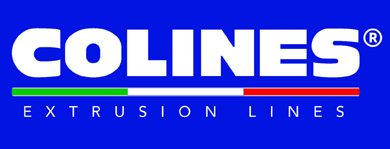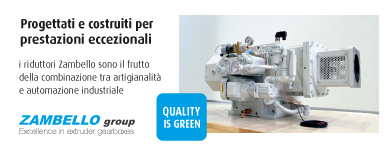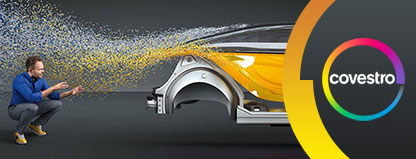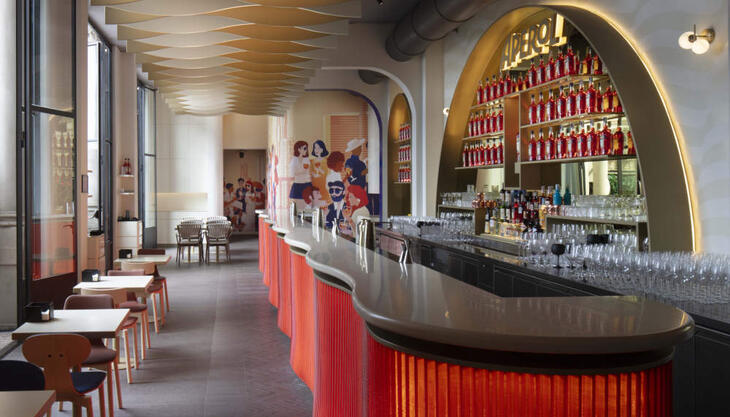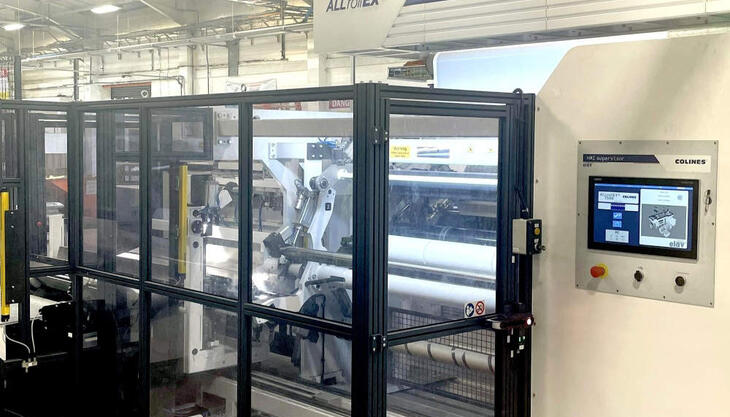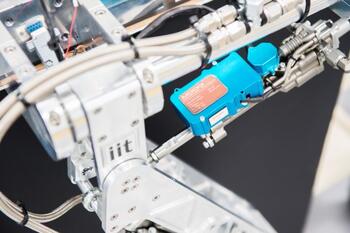
The US company Moog and IIT, (Italian Institute of Technology) announced that they signed an agreement for the creation of a new joint lab - Moog@IIT - focusing on the development of next-generation actuation and control technologies for autonomous robots. IIT and Moog will work together over the next three years to develop the required technologies to push autonomous robots into real-world applications and the market.
Moog is a worldwide designer, manufacturer, and integrator of precision control components and systems for aircraft, space vehicles, industrial machinery, marine, motorsport, and medical equipment. Its high-performance control systems and products are used in most commercial aircraft, by Formula 1 racing teams and in world-leading hydraulic legged robots. Moog is currently investing into the emerging field of autonomous systems and identified IIT as ideal research partner due to its unique know-how in the design and control of autonomous legged robots.
Key research activities of the joint lab will include the development of next-generation, optimized actuation solutions as well as compact power generation and management systems for emerging robotics applications. Special attention will be given to energy-efficiency, reliability and safety. Moog’s extensive expertise in systems certification will be applied to autonomous robots. Metal additive manufacturing technologies for titanium and aluminum will be core to the newly developed actuation systems and robots.
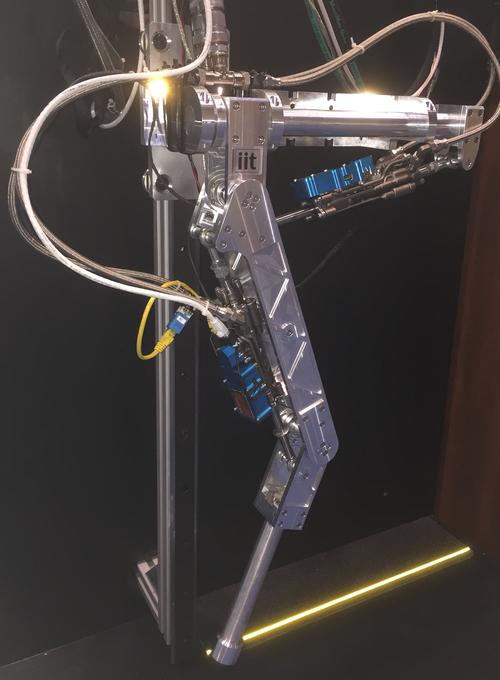 The past
research collaboration between Moog and IIT has so far resulted in a family of
highly-integrated smart servo-actuator for legged robots. The main test
platforms for the new technologies are IIT’s 80-kg quadruped robot HyQ and its
successors. Since its construction in 2010, HyQ has demonstrated a wide
repertoire of motions ranging from running and jumping to carefully planned
locomotion over rough terrain. The second version, HyQ2Max, will be turned into
a rugged test platform that is ready for experiments outside the laboratory,
for example on disaster sites, forests and construction sites. Future
generations of legged robots are expected to assist human operators in
dangerous and dirty applications like disaster response, remote handling of
dangerous goods, as well as maintenance, inspection and load carrying tasks.
The past
research collaboration between Moog and IIT has so far resulted in a family of
highly-integrated smart servo-actuator for legged robots. The main test
platforms for the new technologies are IIT’s 80-kg quadruped robot HyQ and its
successors. Since its construction in 2010, HyQ has demonstrated a wide
repertoire of motions ranging from running and jumping to carefully planned
locomotion over rough terrain. The second version, HyQ2Max, will be turned into
a rugged test platform that is ready for experiments outside the laboratory,
for example on disaster sites, forests and construction sites. Future
generations of legged robots are expected to assist human operators in
dangerous and dirty applications like disaster response, remote handling of
dangerous goods, as well as maintenance, inspection and load carrying tasks.








